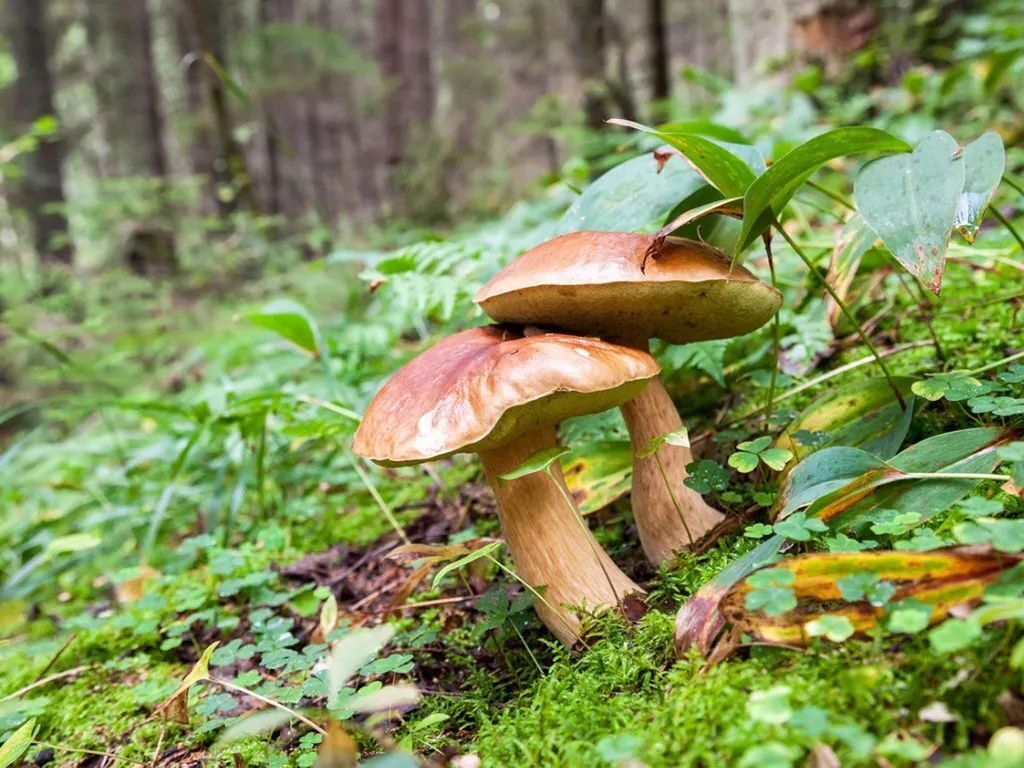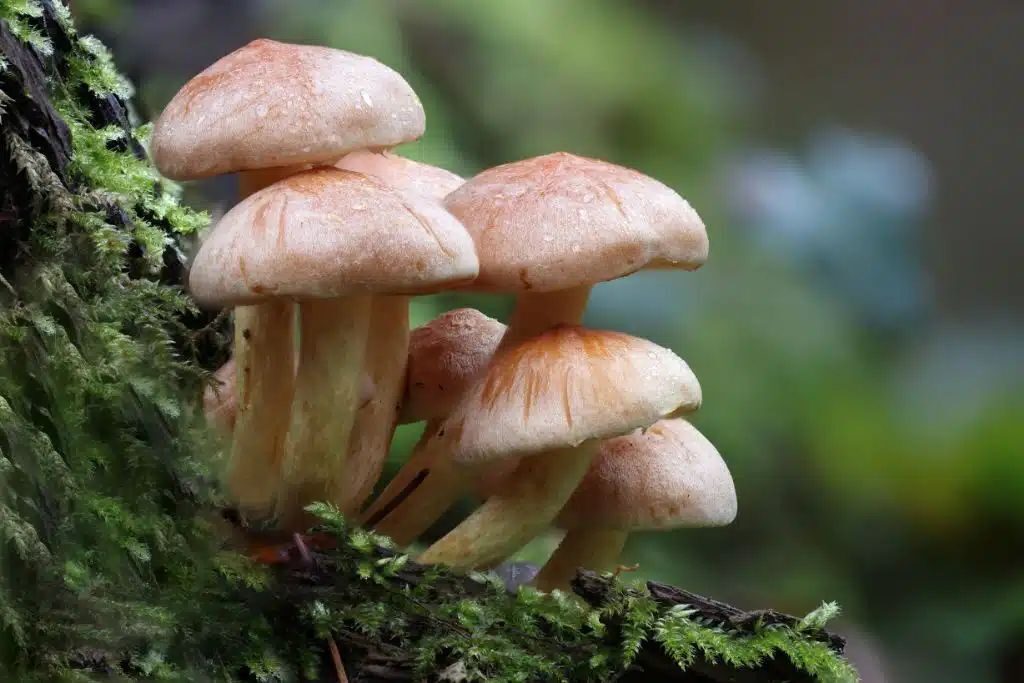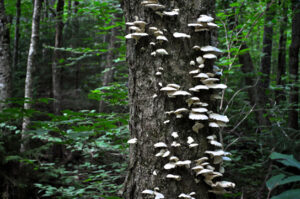The Hidden World of Fungi

– Shivaan Darda

A unique world breathes beneath us, no I’m not referring to aliens living amongst us. I mean the world of fungi. They are the unsung heroes of Earth’s ecosystems, performing a variety of tasks as decomposers, symbiotic partners, and ecological architects.
Let’s explore this mysterious field that plays a vital role in preserving the health and balance of ecosystems.
The Decaying Dynamo: As the primary decomposers, fungi are incredibly effective at reducing organic matter, promoting nutrient cycling, and improving soil fertility. Remarkably, up to 90% of the organic matter in terrestrial ecosystems is broken down by them, which releases important nutrients that are necessary for plant development and ecosystem productivity.
According to studies, fungi have a major influence on the global carbon cycle and are estimated to be responsible for 20% of carbon dioxide emissions worldwide due to their function in decomposition.
Symbiotic Synergy: Fungi have complex interactions with plants, known as mycorrhizal associations. This supports plant development and vitality by expanding their hyphal networks into the soil to aid in the absorption of water and nutrients.
Roughly 90% of plant species are thought to have symbiotic relationships with mycorrhizal fungi, which support terrestrial ecosystems and increase agricultural output.

Facilitators of Biodiversity: From insects to mammals, fungi provide habitat and food for a wide range of creatures, making them essential providers of biodiversity. Fungal fruiting bodies, like truffles and mushrooms, are rich in variety and provide essential food for many species while also bolstering the stability of ecosystems.
As custodians of Earth’s ecosystems, we need to value the significant role that fungi have played in forming the complex web of life. We must boost conservation efforts to protect the diversity of fungi, by deepening our awareness of their ecological relevance.